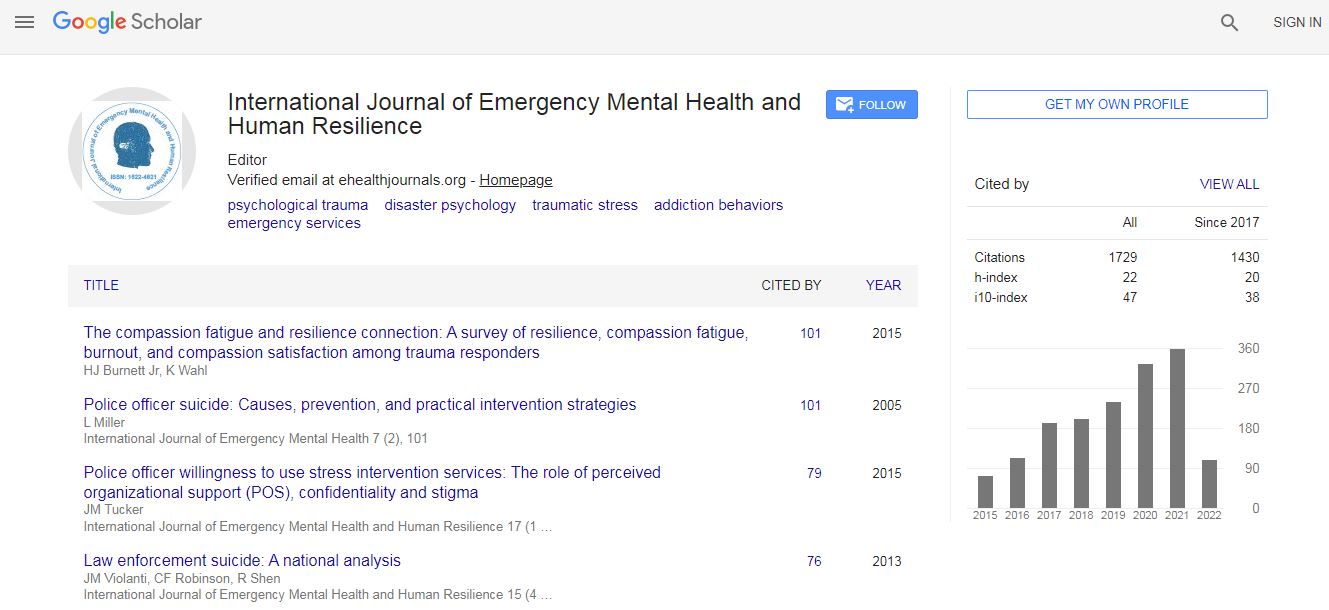Letter to Editor
An Introduction on Survey of Attitudes toward Suicide and its Utilization
1Korea Suicide Prevention Center, Seoul, Korea
2Department of Psychiatry, Kangwon National University School of Medicine, Chunchon, Korea
Abstract
Although sociocultural differences exist, there are three stages related to suicide, which can be classified as suicidal thoughts, suicide attempts, and suicide (Sadock, 2009). In light of this, suicide prevention programs in most countries have been designed around these phases. They can be summarized as improving awareness, “gatekeepers,” managing suicide attempters, limiting access to suicide tools, and advisories on media reporting standards on suicide. Of course, suicidal thoughts do not necessarily lead to suicides, but it has been reported that groups with more suicidal thoughts or intentions show higher suicide risks (Stefansson, NordstrÃâ¦Ãâm, & Jokinen, 2012). Stein et al. (1998) and Urska et al. (2010) reported that an accepting attitude toward suicide tend to contribute to suicide ideation and a suicide rate. According to Kim et al. (2008), attitudes towards suicide were associated with suicidal thoughts. Therefore, it can be suggested that attitudes toward suicide have an overall effect on suicidal thoughts, attempts, and actual suicide. And various efforts to change attitude about suicide will be first step for suicide prevention. For example, Kim & Jung (2011) reported that spreading of resistant messages is effective against positive attitudes towards suicide for suicide attempters. In this respect, it will be important to survey the attitudes toward suicide and utilize the result of survey to campaigns, awareness education for suicide prevention.

